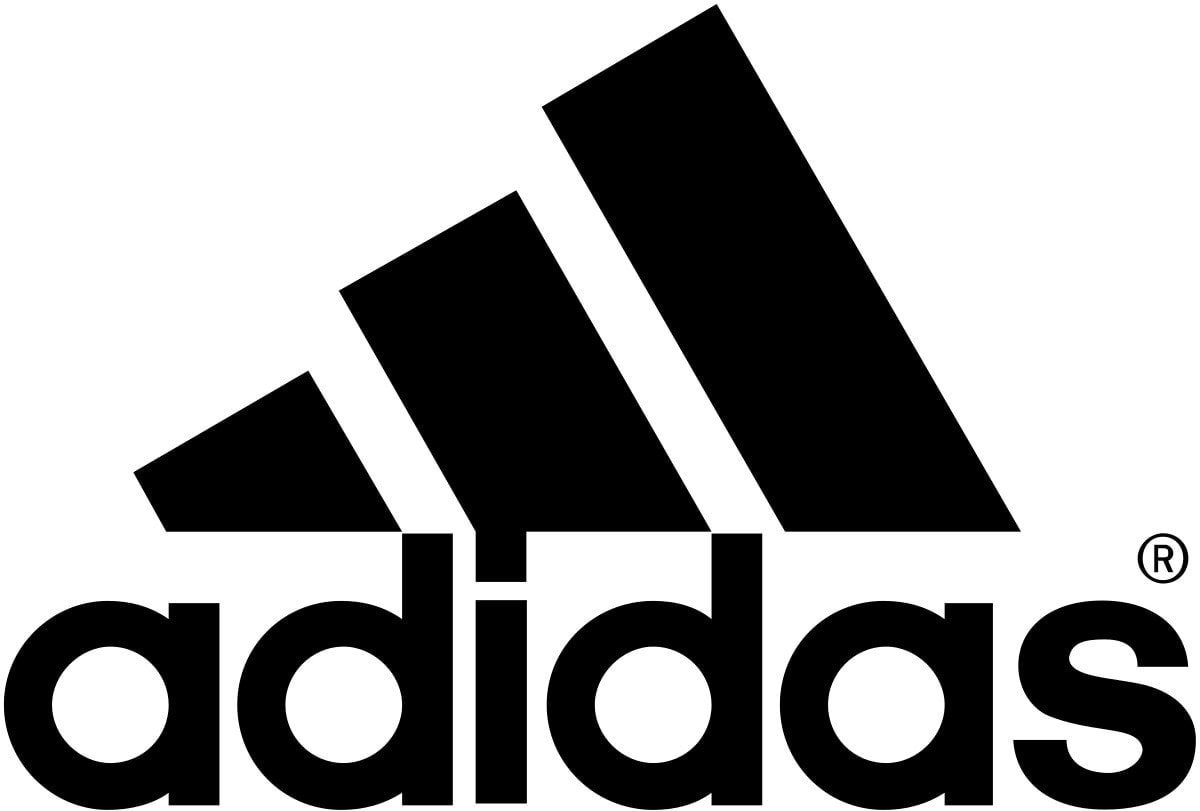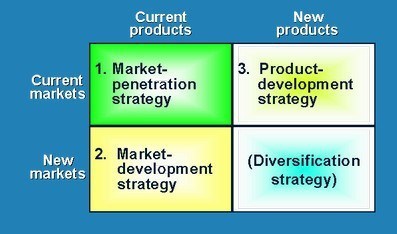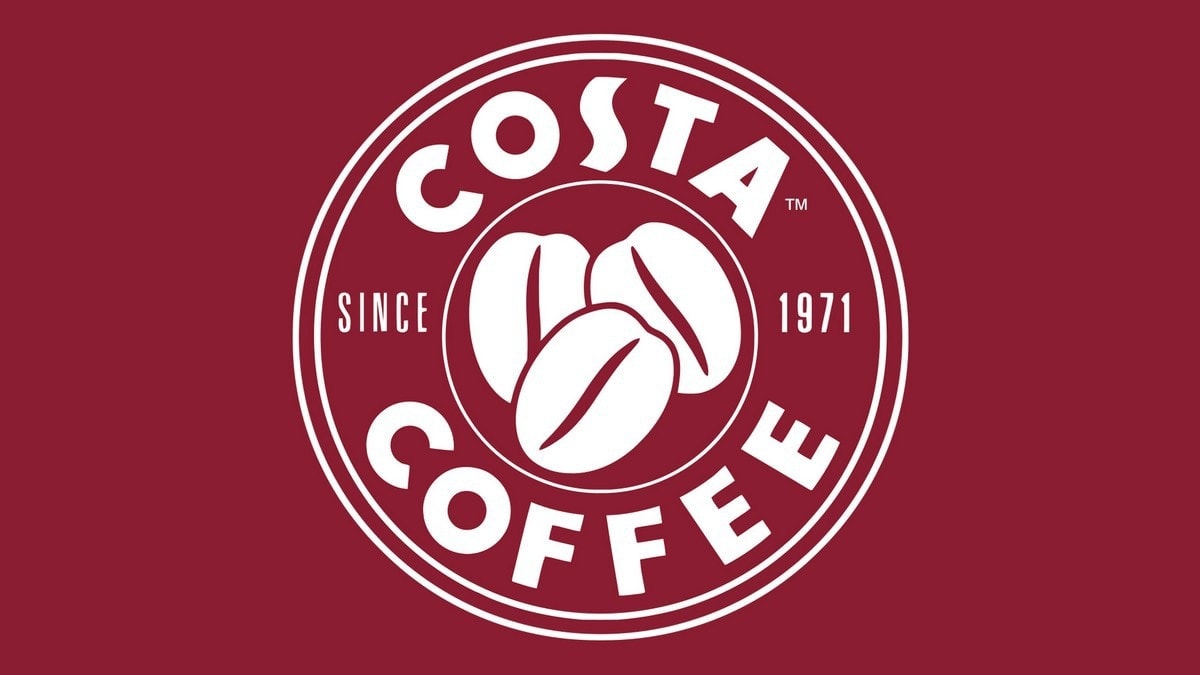
Marketing strategy of Adidas - Adidas marketing analysis
Marketing strategy of Adidas
Adidas employs more than 53,731 people in over 160 countries produce more than 660 million product units every year and generate sales of € 14.5 billion (all figures relate to 2014). These numbers alone can easily suggest that Adidas Group is quite a complex organisation. True. But they keep things simple, lean and fast.
Table of Contents
Segmentation, targeting, positioning in the Marketing strategy of Adidas
Biggest sportswear manufacturer of Europe & one of the biggest in the world, Adidas is segmented based on demographic, psychographic & behavioural factors. The Adidas group has four brands in its strong portfolio – Reebok, Adidas, Rockport & taylor made meant for different segment customer groups.
Adidas uses differentiated targeting strategy to target young adults, adults as well as children who have passion for fitness & sports. Although it targets customers in the age group of 13-40 years but majority of its customers are of 15-30 years of age who hail from upper middle class or the luxury class of customers.
User & benefit based positioning are the strategies Adidas uses to create distinctive image in the mind of the prospective consumer. By emphasizing the value of quality products from a trusted brand Adidas is able to maintain its brand essence. The portfolio is divided as follows.
- They have Adidas-performance in Competitive sports,
- Reebok & Reebok classics in Active sports & casual sports, &
- Adidas originals, Adidas Fun, Rockport in Sports fashion.
Marketing mix – Click here to know about the Marketing mix of Adidas
SWOT analysis – Click here to know about the SWOT analysis of Adidas
Mission in the Marketing strategy of Adidas
“The Adidas Group strives to be the global leader in the sporting goods industry with brands built on a passion for sports and a sporting lifestyle. We are committed to continuously strengthening our brands and products to improve our competitive position”.
Tagline – “Impossible is Nothing”. This is one of the most famous tagline by the company. This tagline, which showcases the importance of fitness and importance of striving hard for anything you desire, is one of the biggest asset the company has, and possibly summarises the marketing strategy of Adidas.
Competitive advantage in the Marketing strategy of Adidas
One of the few competitive advantages that Adidas has is its distribution network, its product quality and its brand equity. Globally it has 2400 stores accounting $4.3 billion business (2014 data). In order to associate itself with the community it has sponsored many world sport events such as FIFA, UEFA, NBA, Cricket & Olympics. At the same time, over the years Adidas has been known to give the best products in the market which are always comfortable, beyond normal and long lasting.
Strong relationship with the organizations such as International Labour organization, International Finance Corporation has given the company edge over competitors for a sustainable business.
BCG Matrix in the Marketing strategy of Adidas
BCG matrix helps in identifying the strategic position & future course of actions of the SBU’s (strategic business unit).
Adidas has four brands under the Adidas group out of which:
Adidas & Reebok are stars; Both of these individual brands have a strong market share but at the same time the competition in this sports and fitness segment is very high. Other brands like Pume, Nike also fight for a large share of the market.
Rockport & Taylor made is question mark – This is because their market share is low but at the same time there is a good potential for these brands. But when this potential will actually benefit the company in a large way is yet to be seen.
Distribution strategy in the Marketing strategy of Adidas
As the consumer environment becomes even more dynamic with trends quickly changing, Adidas is also increasing its focus on anticipating these changes and responding with speed. They had aligned their sales with distribution strategy to enable and propel a heightened consumer-centric Omni-channel mind-set.
After analysing the purchase process of their customers, they came to conclusion that the interactive experience and the availability, convenience and the size of the product offerings plays a major role in a successful distribution strategy. In order to expand their distribution system they made the products available through Exclusive stores (franchise model), Co-branded stores who source it from C & N and distributors.
Brand equity in the Marketing strategy of Adidas
Sports centric activities predominantly revolving around social media & community connect programs has helped Adidas to be one of the biggest players in the sportswear. Each brand and sub-brand is responsible for bringing its own distinct identity and positioning to life, through the creation of products, services and experiences that provide platforms and frameworks for long-term market share and profitability improvements.
While Adidas and Reebok each have unique identities, heritages, technologies, designs and reputations, the strategic principles and methods for driving future sales growth and profitability improvements are common to both.
Competitive analysis in the Marketing strategy of Adidas
Adidas Group’s multi-brand portfolio gives them an important competitive advantage. Through their brand portfolio, they seamlessly cover the sports and consumer segments defined as strategically important to support their Group’s ambition to inspire and engage people to harness the power of sport in their lives.
Adidas is doing well because of its differentiated positioning but Reebok, the brand Adidas has spent years trying to firm up, but its situation is faltering.
Large firms such as Nike & Adidas have grown immensely over the last two decades. Their global reach has expanded through all continents, which is attributed to the changing lifestyle of developing economies & emergence of Internet, E-commerce firms.
Market analysis in the Marketing strategy of Adidas
Due to the presence of counterfeit products & high bargaining power of customers it is very difficult for these players to sustain in the market. Although the offerings are meant for sports persons but major chunk of its buyers are normal people professionals, young children who don’t mind switching to other brands due to the changing competitive positioning worked upon by the players.
Industry is growing due to changing lifestyle, economics of the population & migration from Rural to urban areas but at the same time demand supply mismatch & idle inventory is resulting into shrinking margins of the players in this industry.
Customer analysis in the Marketing strategy of Adidas
Adidas customers consist of upper & Upper-middle class social groups. To be successful across consumer segments, Adidas acknowledged that a strategy of mass production or mass marketing is no longer sufficient.
Only by identifying and understanding consumer’s individual motivations and goals for doing sport, their lifestyle, their fitness level, where they are doing sport and their buying habits will help them in creating meaningful products, services and experiences that build a lasting impression and brand loyalty.










